New world: artist Dustin Yellin unveils his first outdoor installation in LA
About a year and a half ago, the Kilroy Realty Corporation approached Brooklyn-based artist Dustin Yellin about permanently installing six of his increasingly popular Psychogeographies in Columbia Square, the plaza outside the 1938 CBS Headquarters, which will re-open this month as the Los Angeles outpost of NeueHouse. Over this period, these monumental glass collage works have anchored a TED Talk, an installation at Lincoln Center for the New York City Ballet, and a comprehensive Vanity Fair feature. This project, however, was Yellin’s first al fresco installation.
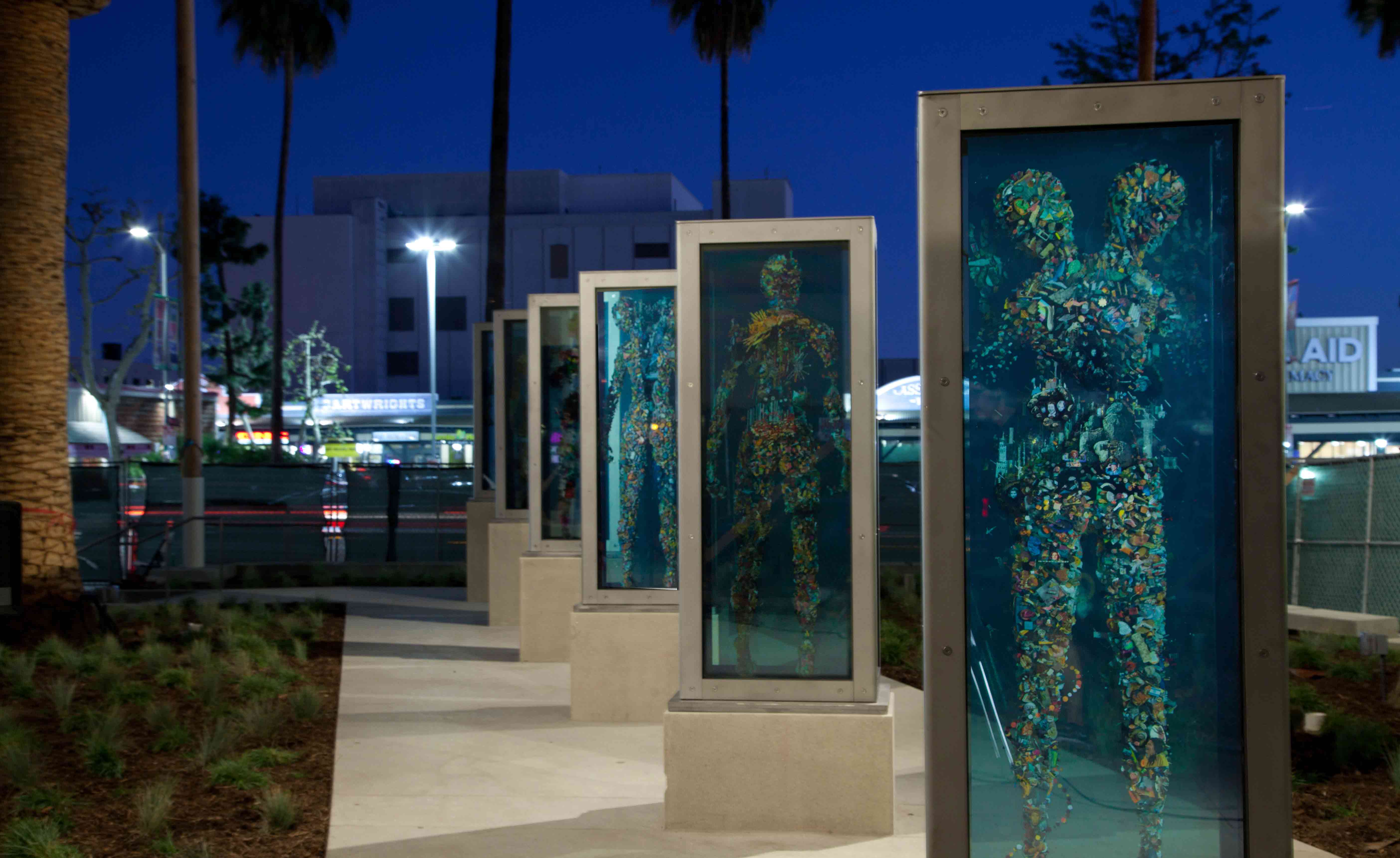
Brooklyn-based artist Dustin Yellin was approached around 18 months ago by the Kilroy Realty Corporation, about permanently installing six of his popular Psychogeographies in Columbia Square, the plaza outside the 1938 CBS Headquarters, which will re-open this month as NeueHouse
About a year and a half ago, the Kilroy Realty Corporation approached Brooklyn-based artist Dustin Yellin about permanently installing six of his increasingly popular Psychogeographies in Columbia Square, the plaza outside the 1938 CBS Headquarters, which will re-open this month as the Los Angeles outpost of NeueHouse. Over this period, these monumental glass collage works — created by Yellin and a small army of assistants with small paint gestures and thousands of print images clipped from magazines — have anchored a TED Talk, an installation at Lincoln Center for the New York City Ballet, and a comprehensive Vanity Fair feature. This project, however, was Yellin’s first al fresco installation; providing many new challenges, such as finding the right UV-protected laminated glass, stainless steel frames and concrete plinths to secure the work. He also had to consider his source of inspiration.
'It was the first movie studio and I got a bunch of historic shit from them, some I copied and some I destroyed,' says Yellin during a tour of the site, noting that Bob Dylan, Johnny Cash, and Orson Welles ('cats that I dig') all worked in the building over the years. 'There’s the Lone Ranger, some movie tickets,' he says, pointing to hidden micro-clippings of CBS ephemera. 'For me, these pieces are supposed to be like if you put a piece of glass on one side of your body, and another on the other side and just started cranking yourself until your skull exploded into a thousand pieces, but instead of blood and guts you’d see your memories, your experiences.'
By trapping the collective consciousness of the Hollywood landmark — or 'DNA in images', as Yellin calls it — he hopes to project the city back onto itself. 'I think when you die you realise this layer was just one existence and you’ll become aware of many worlds,' says Yellin, now 40, who first got the inspiration for this mode of thinking at 18 after going through a series of Altered States-like 'consciousness experiments' (think intramuscular ketamine injections) administered by Adam Trombly, a physicist in Aspen who once worked with Buckminster Fuller and tried to launch a Tesla-like free energy initiative. 'I think a lot of my work came from those days. I was on all these drugs making art and I had no culture, and I thought if I became the most famous artist in the world I could convince the billionaires and movie stars to give money to the scientists to make free energy.'
Though he hasn’t fulfilled the latter promise, he has connected the monied classes and artists with various Nobel laureates ('my brain trust') at his Pioneer Works art centre in Red Hook, Brooklyn. 'It’s mixing all these weird fucking people all the time,' he says. Having completed this installation, the artist-activist hopes to do more public projects should the opportunity arise. He’s also busy making new works, be it his new 'ant farm' series (made from detritus paper stuffed between glass panels with a stick) or the 32-ft landscape inspired by the epic 12-ton triptych he showed at the SCAD Museum of Art, which all began simply as a 'series of accidents'.
'With the glass I can go backwards, change my mind, add perspective, build a city, put a horse in the city, cut the city in half or add an explosion. Then I saw the Terracotta Warriors and realised I don’t want to make figurative art, I want to make an army,' says Yellin, who hopes to create 120 Psychogeographies for a huge retrospective, whenever or wherever that might happen. 'I don’t believe in the art world, I just believe in the world. I just make shit that I would want to live with and shit that in 500 years would be artifacts I care about because I’m obsessed with artifacts. I don’t think about anything else.'
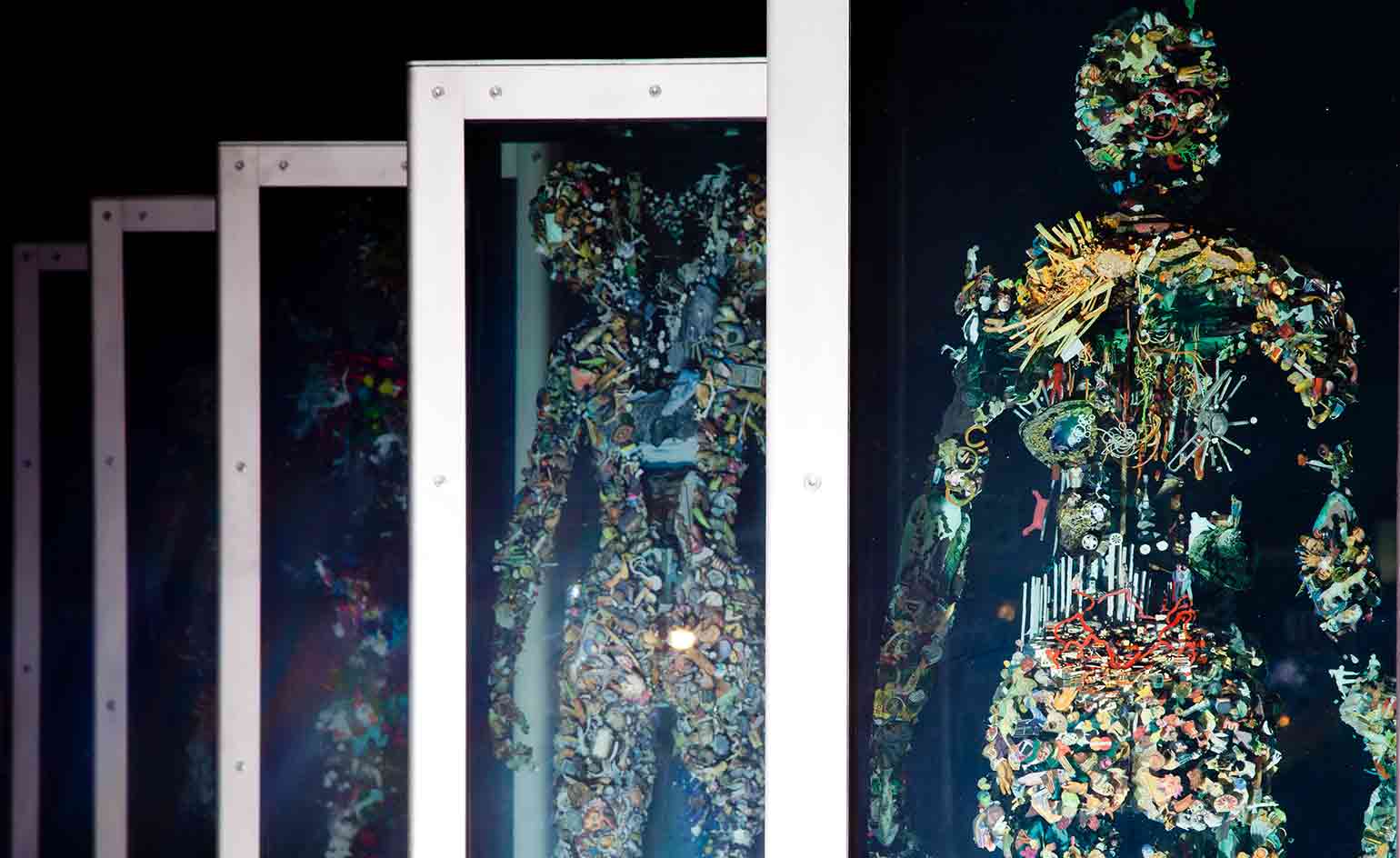
This project is Yellin’s first al fresco installation, which provided many new challenges – such as finding the right UV-protected laminated glass, stainless steel frames and concrete plinths to secure the work
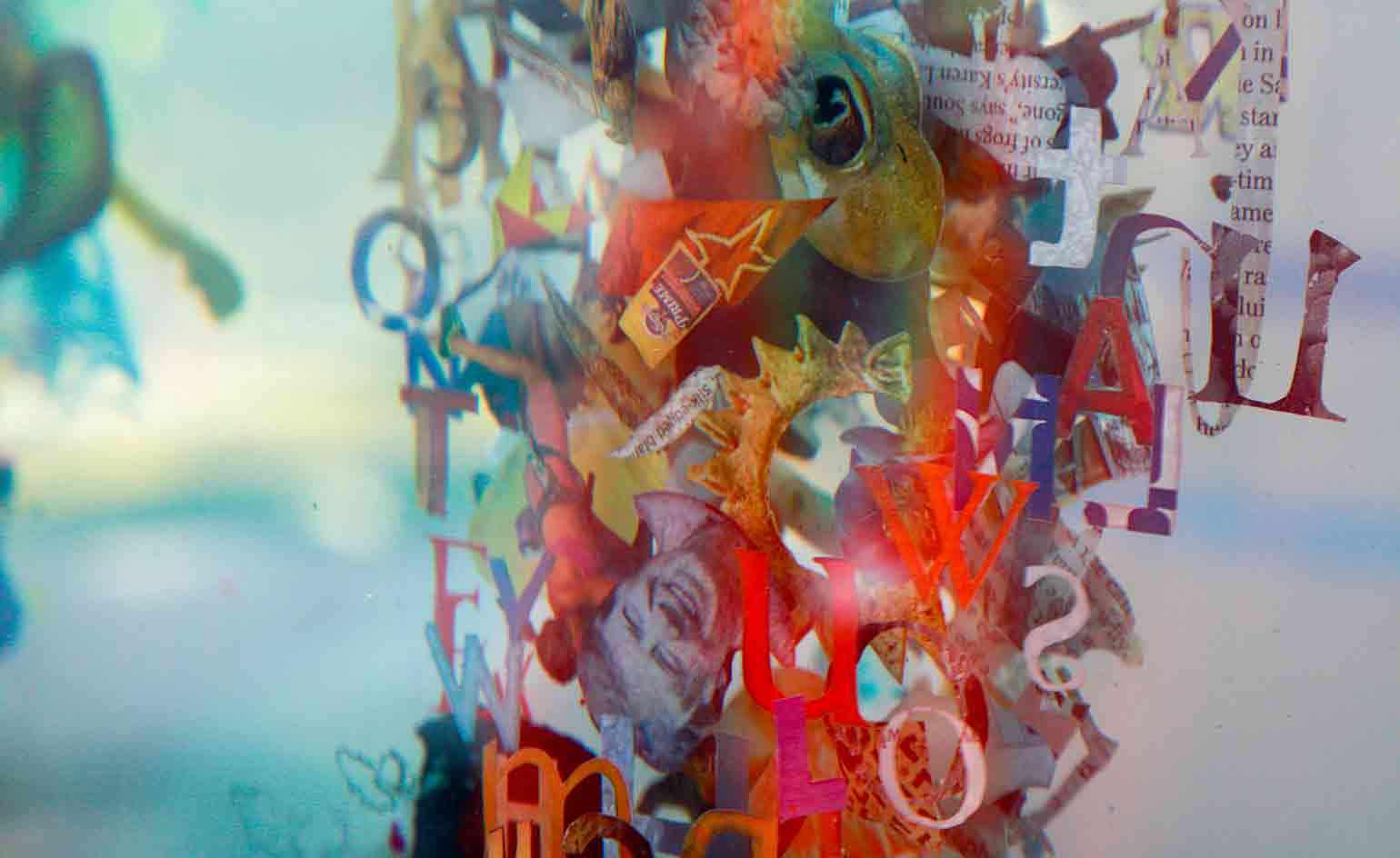
Yellin took the history of the CBS studio site into consideration, incorporating filmic ephemera into his creations
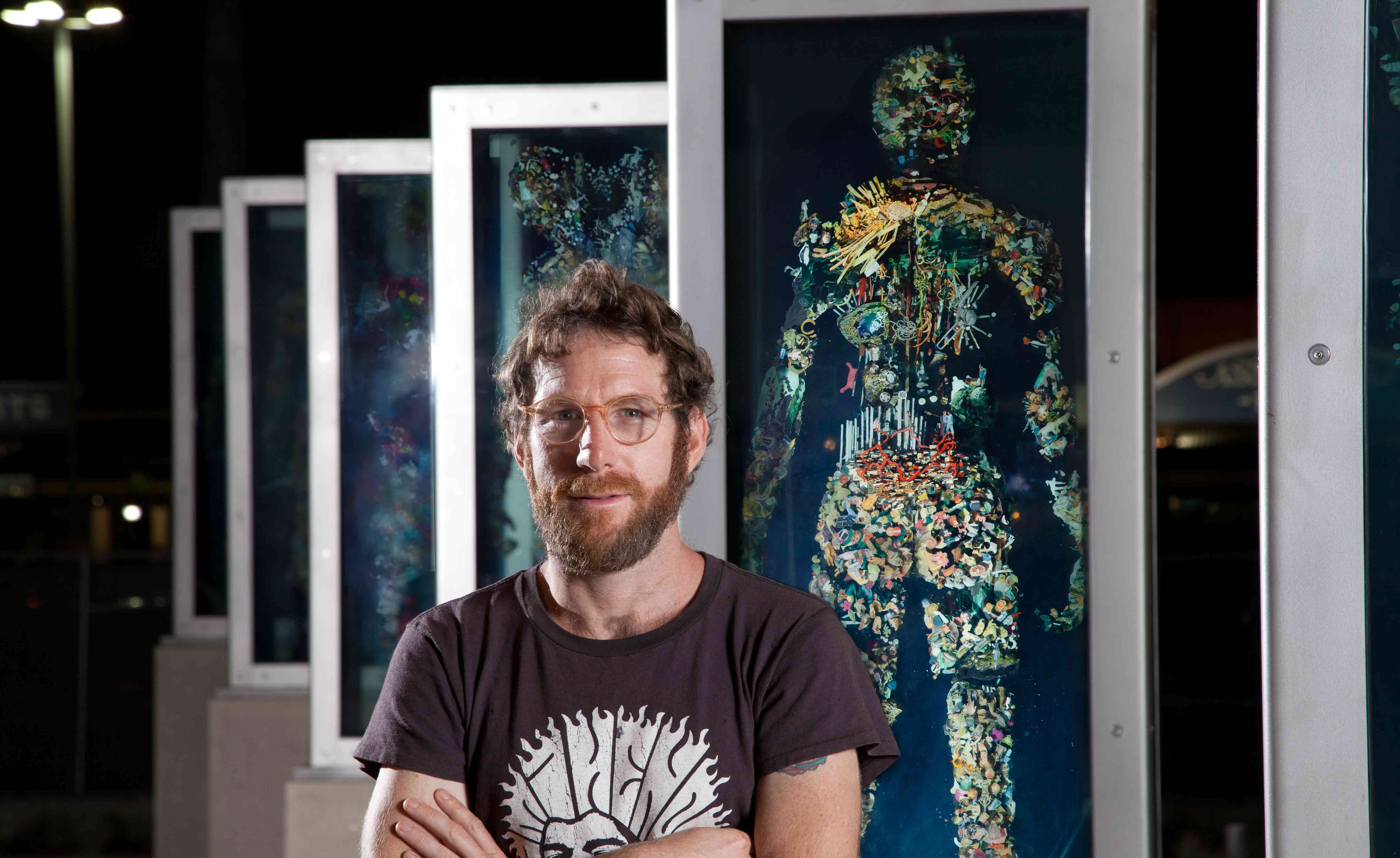
'For me, these pieces are supposed to be like if you put a piece of glass on one side of your body, and another on the other side and just started cranking yourself until your skull exploded into a thousand pieces,' Yellin explains. 'But instead of blood and guts you’d see your memories, your experiences.'
INFORMATION
Photography: Sarah Lawrence
Wallpaper* Newsletter
Receive our daily digest of inspiration, escapism and design stories from around the world direct to your inbox.
ADDRESS
NeueHouse
6121 Sunset Boulevard
Hollywood, Los Angeles
-
 ‘Humour is foundational’: artist Ella Kruglyanskaya on painting as a ‘highly questionable’ pursuit
‘Humour is foundational’: artist Ella Kruglyanskaya on painting as a ‘highly questionable’ pursuitElla Kruglyanskaya’s exhibition, ‘Shadows’ at Thomas Dane Gallery, is the first in a series of three this year, with openings in Basel and New York to follow
By Hannah Silver
-
 Australian bathhouse ‘About Time’ bridges softness and brutalism
Australian bathhouse ‘About Time’ bridges softness and brutalism‘About Time’, an Australian bathhouse designed by Goss Studio, balances brutalist architecture and the softness of natural patina in a Japanese-inspired wellness hub
By Ellie Stathaki
-
 Marylebone restaurant Nina turns up the volume on Italian dining
Marylebone restaurant Nina turns up the volume on Italian diningAt Nina, don’t expect a view of the Amalfi Coast. Do expect pasta, leopard print and industrial chic
By Sofia de la Cruz
-
 Leonard Baby's paintings reflect on his fundamentalist upbringing, a decade after he left the church
Leonard Baby's paintings reflect on his fundamentalist upbringing, a decade after he left the churchThe American artist considers depression and the suppressed queerness of his childhood in a series of intensely personal paintings, on show at Half Gallery, New York
By Orla Brennan
-
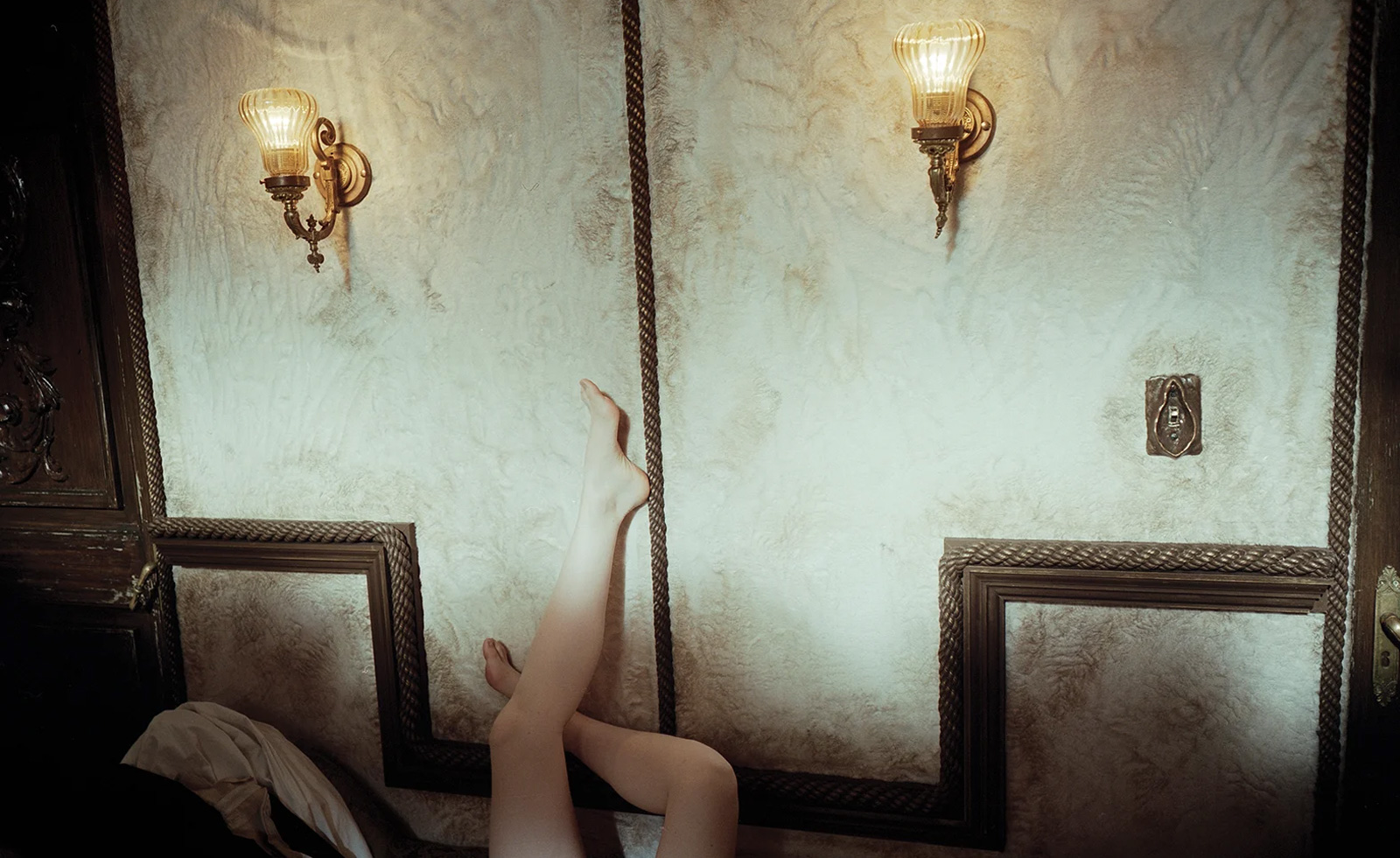 Unlike the gloriously grotesque imagery in his films, Yorgos Lanthimos’ photographs are quietly beautiful
Unlike the gloriously grotesque imagery in his films, Yorgos Lanthimos’ photographs are quietly beautifulAn exhibition at Webber Gallery in Los Angeles presents Yorgos Lanthimos’ photography
By Katie Tobin
-
 Desert X 2025 review: a new American dream grows in the Coachella Valley
Desert X 2025 review: a new American dream grows in the Coachella ValleyWill Jennings reports from the epic California art festival. Here are the highlights
By Will Jennings
-
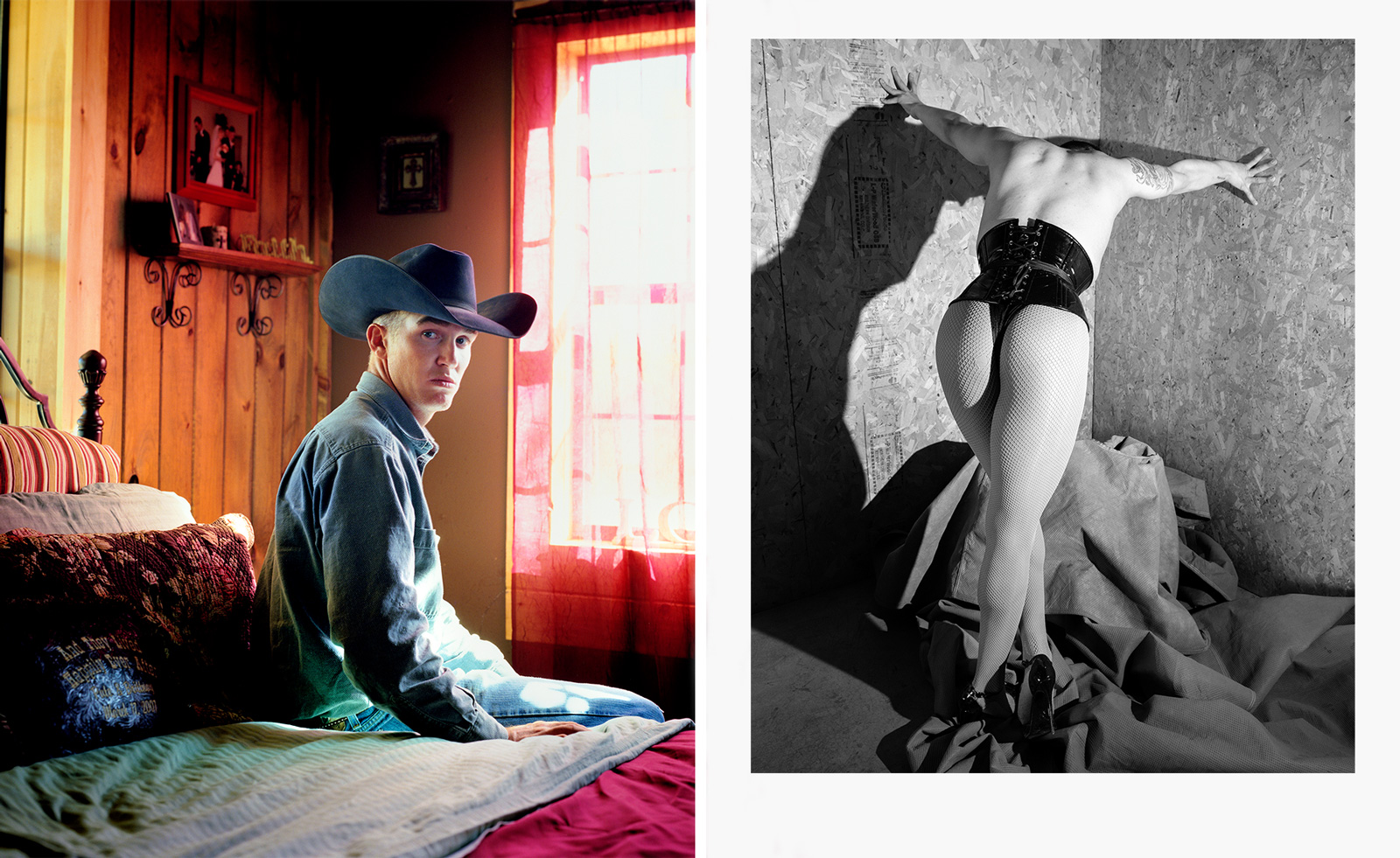 Cowboys and Queens: Jane Hilton's celebration of culture on the fringes
Cowboys and Queens: Jane Hilton's celebration of culture on the fringesPhotographer Jane Hilton captures cowboy and drag queen culture for a new exhibition and book
By Hannah Silver
-
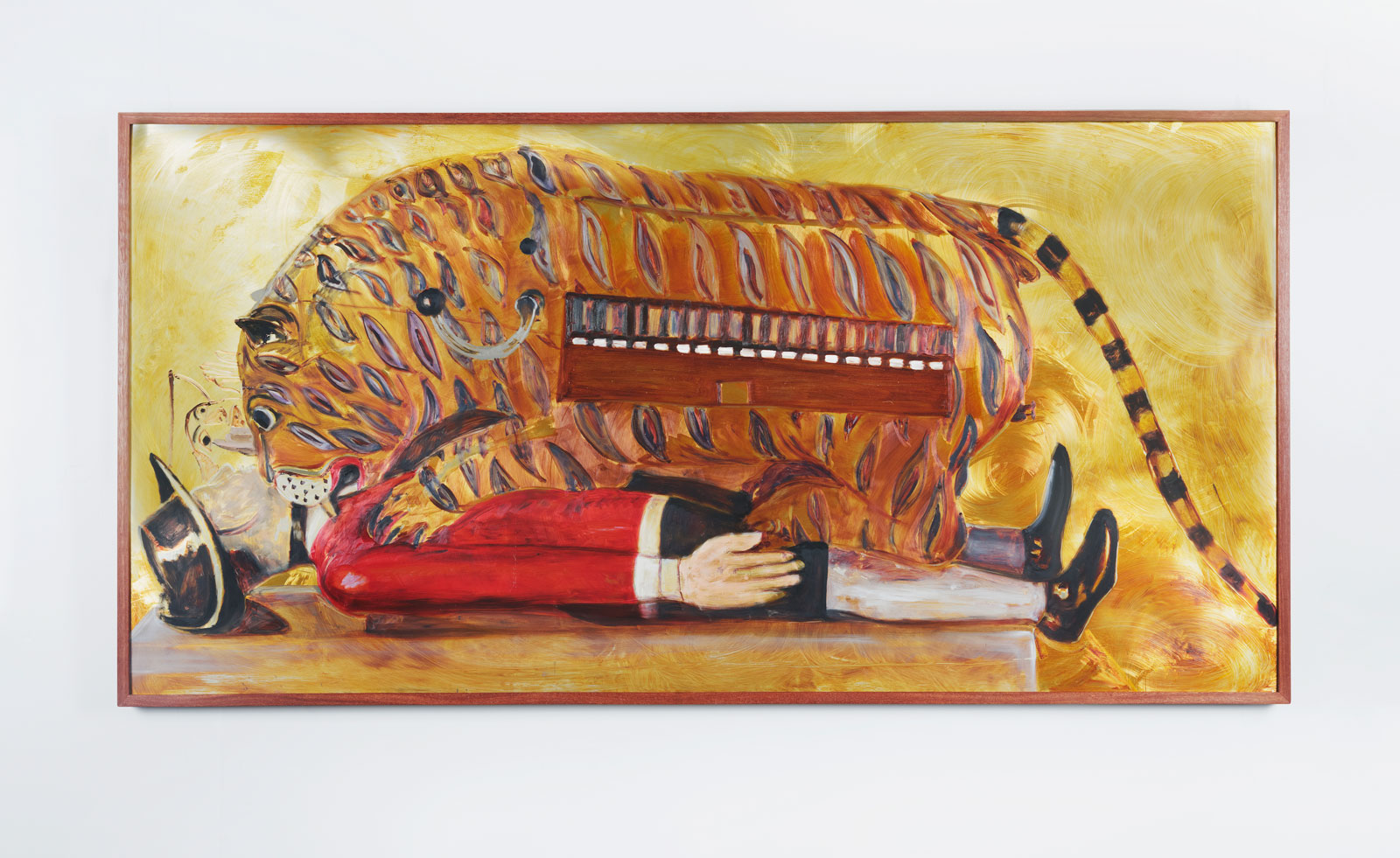 New gallery Rajiv Menon Contemporary brings contemporary South Asian and diasporic art to Los Angeles
New gallery Rajiv Menon Contemporary brings contemporary South Asian and diasporic art to Los Angeles'Exhibitionism', the inaugural showcase at Rajiv Menon Contemporary gallery in Hollywood, examines the boundaries of intimacy
By Aastha D
-
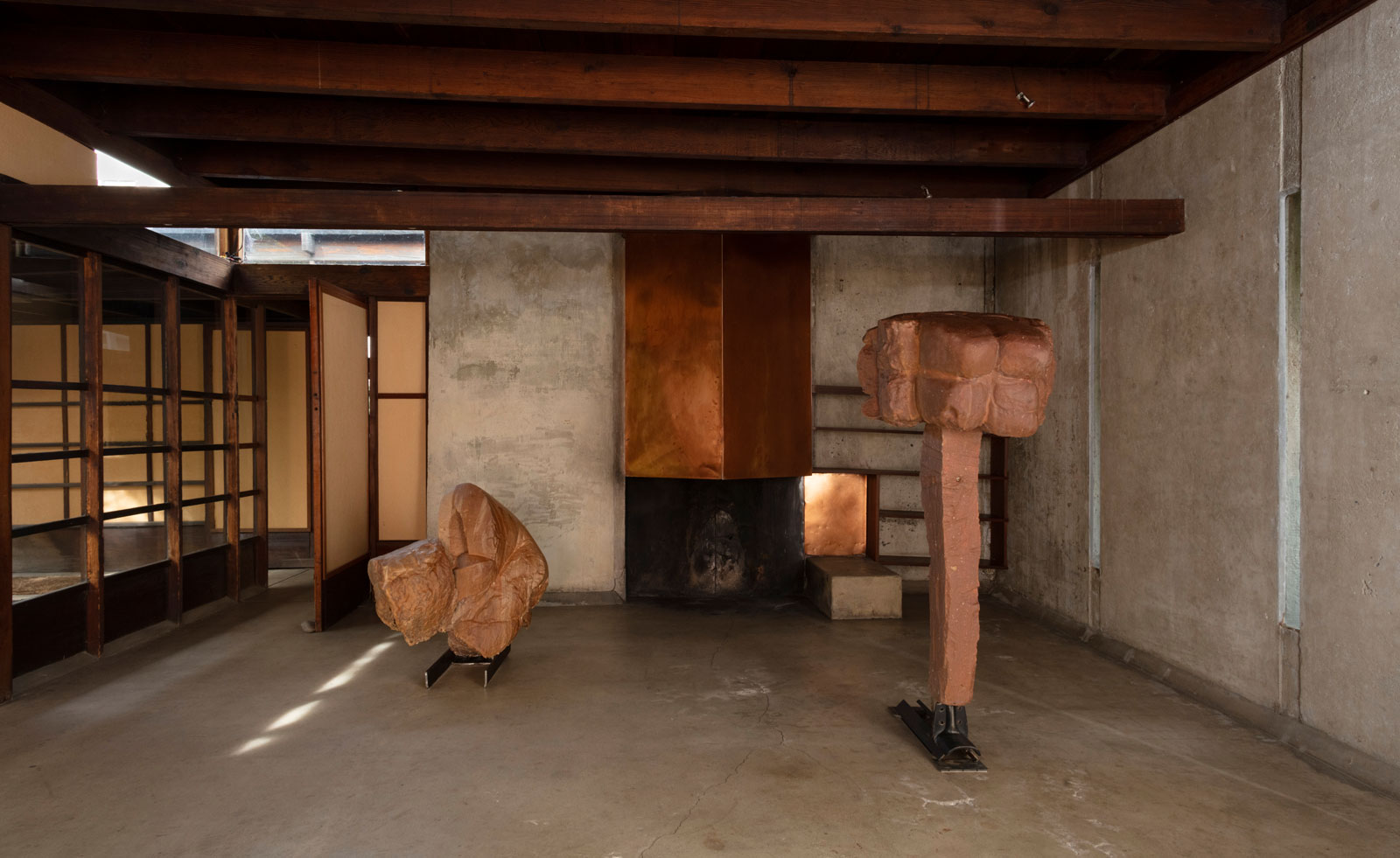 Helmut Lang showcases his provocative sculptures in a modernist Los Angeles home
Helmut Lang showcases his provocative sculptures in a modernist Los Angeles home‘Helmut Lang: What remains behind’ sees the artist and former fashion designer open a new show of works at MAK Center for Art and Architecture at the Schindler House
By Francesca Perry
-
 In ‘The Last Showgirl’, nostalgia is a drug like any other
In ‘The Last Showgirl’, nostalgia is a drug like any otherGia Coppola takes us to Las Vegas after the party has ended in new film starring Pamela Anderson, The Last Showgirl
By Billie Walker
-
 ‘American Photography’: centuries-spanning show reveals timely truths
‘American Photography’: centuries-spanning show reveals timely truthsAt the Rijksmuseum in Amsterdam, Europe’s first major survey of American photography reveals the contradictions and complexities that have long defined this world superpower
By Daisy Woodward